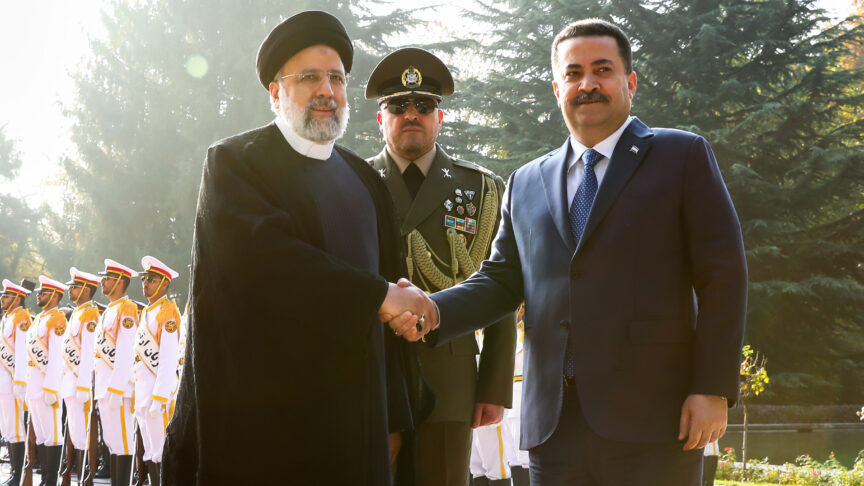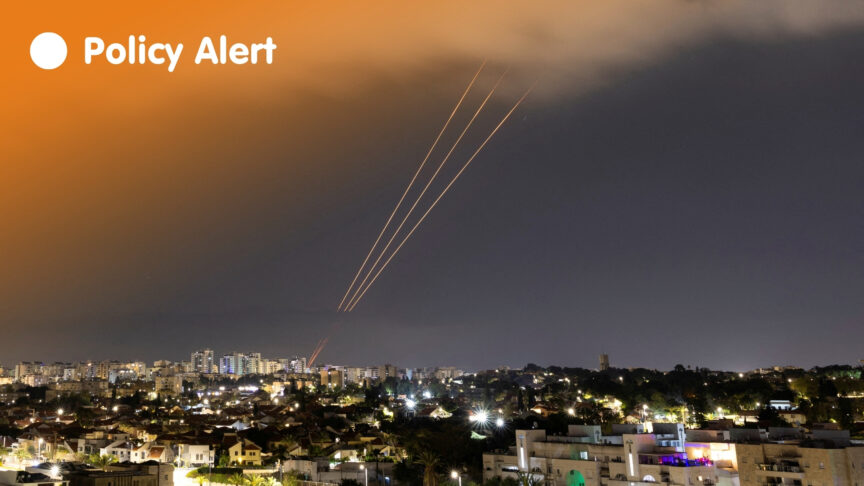The geopolitics of reconstruction: Who will rebuild Syria?
Rebuilding Syria will not be needs driven, rather the regime will aim to subdue the emergence of meaningful civilian opposition
As Syria’s guns slowly fall silent and Bashar al-Assad re-establishes central control over much of the country, the wider confrontation that has sustained nearly a decade of civil war is shifting to a new battleground: the economy. Whether and how Assad can rebuild Syria has become the central issue around which the opposing sides in this painful conflict are now repositioning themselves. Assad and his backers view reconstruction as a means of consolidating the regime’s victory – and, for Russia in particular, of obliging the West to accept the situation. Longstanding opponents of Assad on the other hand, particularly those in the West, see it as the arena where they can renew efforts to extract concessions from the regime. Western actors have a new sense of confidence that an economic confrontation plays to their strengths and promises greater rewards than their previous military efforts.
Against this backdrop, the idea that Syria’s effective reconstruction could be near at hand is a complete illusion. Even if a satisfactory level of security can be achieved and other bureaucratic obstacles overcome (such as widespread corruption), Syria will remain a cockpit of intense geopolitical competition for many years. Reconstruction and the state of the wider economy represent the pivotal issues around which this long war will continue to unfold. Ultimately, there is little prospect of a political settlement that secures sufficient international consent – including the buy-in of Western states whose support, or at least non-blocking acquiescence, is needed to underpin any sustained international reconstruction effort. The end result is likely to be the continued hollowing out of the Syrian state, for which the long-suffering Syrian people will continue to pay the highest price.
Against this backdrop, the idea that Syria’s effective reconstruction could be near at hand is a complete illusion
Stark situation on the ground
Syria’s needs today, after more than eight years of devastating conflict, are almost unimaginable. Some 500,000 Syrians have been killed, 12 million internally or externally displaced, and the previously middle-income country has been economically devastated. According to the World Bank, at least $226bn of GDP has been lost, four years’ worth of the 2010 figure. This includes significant damage to crucial capital, including more than a third of the housing stock and half of health and education facilities. The Syrian government says it will cost around $400bn to rebuild the country.
This is the stark reality confronting Damascus as the military conflict winds down. While the government is now talking of a “post-conflict phase” and the importance of reconstruction, in large part to affirm the finality of its military victory, it has taken few tangible steps to initiate this process. The 2019 budget only allocated $2.5bn to reconstruction funding, a drop in the ocean compared with what is needed. This is largely the result of weak government finances (the total 2019 budget was just $9bn, compared with around $18bn in 2011) due to the collapse in oil revenues: domestic production is currently estimated at 24,000 barrels a day (bpd) compared with 385,000 bpd in 2010 when oil accounted for around 20 percent of the annual budget. As the US-backed Syrian Democratic Forces control key oil fields in the north-east of the country it will not be easy for the government to make up this shortfall. Revenue has also been hit by recent US measures designed to block Syrian imports of Iranian crude oil, which for a long time have been provided on credit and are estimated to have saved the government as much as $7bn since 2013.
While the government is now talking of a “post-conflict phase” and the importance of reconstruction, in large part to affirm the finality of its military victory, it has taken few tangible steps to initiate this process.
In 2017 Damascus launched a National Development Programme for Post-War Syria; the State Planning Commission was tasked with creating a 10-year plan to rebuild the country, but the initiative has not yet delivered any concrete strategy or led to any substantial activity. While some local projects are under way, the main government reconstruction effort appears to revolve around a number of public-private partnerships centred on the one resource readily at its disposal: real estate. A series of property laws, including the notorious Law 10 which allows the government to designate redevelopment zones and compel owners to relinquish ownership in exchange for compensation, is designed to open up lucrative real estate opportunities. The Marota City development in Damascus is now one of Syria’s biggest investment projects. For the regime, this process appears to serve two key purposes: stimulating otherwise unaffordable reconstruction with private finance, but doing so in a way which prioritises the channelling of economic rewards to the regime-affiliated businessmen who dominate the Syrian private sector. Critics argue that this process effectively amounts to forced eviction, as it prevents many local residents (some of them now refugees) from asserting their legitimate ownership rights, and compensation is unlikely to match the true value of the expropriations.
This approach, effectively sidelining equitable and needs-driven reconstruction efforts, is partly governed by the regime’s financial imperatives; but it may also reflect a desire to ensure that the general population can never again become an active popular force capable of challenging central authority. It appears to mirror the approach taken by Damascus on refugees: the government says it welcomes their return, but at the same time obstructs it with burdensome paperwork; and conditions on the ground are still oppressive. Assad seems apprehensive about refugees returning to rebuild the country, knowing that as well as a burden on the public purse they could become a source of renewed opposition: he has talked of the conflict delivering “a healthier and more homogeneous society”, while other officials have told refugees they are not welcome to return, a policy seemingly backed up by the bureaucratic restrictions. In a similar vein, equitable reconstruction efforts may be seen by the regime as a threat, in that they would involve rebuilding core opposition areas flattened during the conflict, thereby potentially strengthening bastions of opposition sentiment.
The role of the regime’s allies and other regional actors
Another political aspect of government policy on reconstruction can be seen in its attitude towards external actors. Assad wants to use reconstruction to lock in wider international reintegration, again not only to secure economic assistance but also to put the seal of legitimacy on his military victory. Here, though, Damascus has made clear that it has no interest in Western support for reconstruction in view of the West’s role in backing the opposition and his perception that its help will be tied to unacceptable political demands. The government concentrates instead on securing investment from “friendly countries” that stood by Damascus during the conflict.
This is an extract from a new report by the Italian Institute for International Political Studies (ISPI), Rebuilding Syria: The Middle East's Next Power Game? The full article is available here.
The European Council on Foreign Relations does not take collective positions. ECFR publications only represent the views of their individual authors.


